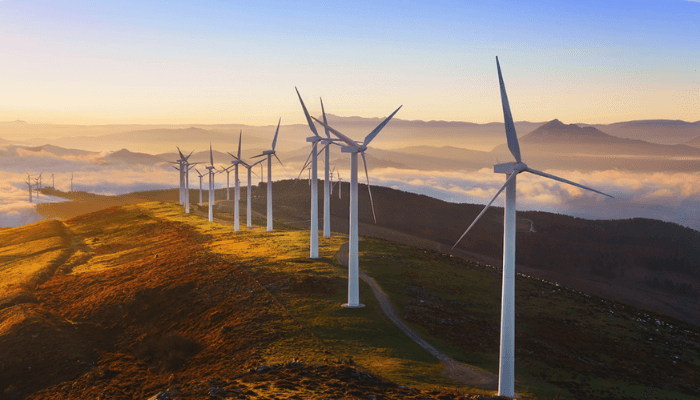Global energy investment this year is on track to exceed $3 trillion, with around $2 trillion directed towards “clean energy” financing, according to the International Energy Agency (IEA).
This amount is double the investment being made in fossil fuels. The IEA defines clean energy to include renewables, electric vehicles, nuclear power, electricity grids, storage, heat pumps, and efficiency improvements. It also encompasses “low-emissions fuels” such as bioenergy, low-emissions hydrogen, and carbon capture, use, and storage (CCUS) associated with fossil fuels.
The remainder of the energy investment, just over $1 trillion, is allocated to coal, gas, and oil. For the first time in 2023, investment in renewable power and grids surpassed spending on fossil fuels. The IEA projects that the ratio of clean power to unabated fossil fuel power investments will reach 10:1 this year, a significant increase from a 2:1 ratio in 2015.

“Clean energy investment is setting new records even in challenging economic conditions, highlighting the momentum behind the new global energy economy,” said IEA executive director Fatih Birol. “The rise in clean energy spending is underpinned by strong economics, continued cost reductions, and considerations of energy security. But there is a strong element of industrial policy, too, as major economies compete for advantage in new clean energy supply chains.”
The IEA found that investment in solar photovoltaic (PV) power now surpasses all other electricity generation technologies combined. It forecasts spending on solar PV to hit $500 billion this year, driven by falling module prices that spur new investments.
Power sector investment rose by 15 percent to $1.3 trillion in 2023, but the IEA expects the growth rate to slow in 2024 due to cost reductions for renewables. The IEA noted that in 2023, each dollar invested in wind and solar PV yielded 2.5 times more energy output than a dollar spent on the same technologies a decade earlier.
The IEA expects global upstream oil and gas investment to increase by 7 percent to $570 billion this year, following a similar year-on-year rise in 2023 of 9 percent. This increase is driven mostly by Middle East and Asian national oil companies. The report found that oil and gas investment this year aligns broadly with the demand levels implied by today’s policy settings for 2030, but it is far higher than what is projected in scenarios that meet national or global climate goals.
Reaching net zero emissions by 2050 would require annual investment in fossil fuels to drop by more than half, from just over $1 trillion in 2024 to under $450 billion in 2030. It would also necessitate a tenfold increase in spending on low-emissions fuels, reaching around $200 billion in 2030.
The report noted that “clean energy investment” by oil and gas companies stood at $28 billion in 2023, representing less than 4 percent of overall capital spending.
More than 120 countries pledged at the UN Cop 28 climate summit to triple renewable energy capacity and double energy efficiency by 2030. To achieve these goals, global clean energy investment should double by 2030 and quadruple in emerging and developing economies outside China. The IEA highlighted that China, the EU, and the US account for nearly 60 percent of current global spending on clean energy. Europe and the US will account for clean energy spending of $370 billion and $315 billion this year, respectively, while China is projected to spend $675 billion on clean energy in 2024. However, the report also noted that of the more than 50GW of unabated coal-fired power generation approved last year, almost all was in China, reflecting the country’s security priorities, especially in the face of underperforming hydropower capacity.
Support InfoStride News' Credible Journalism: Only credible journalism can guarantee a fair, accountable and transparent society, including democracy and government. It involves a lot of efforts and money. We need your support. Click here to Donate
